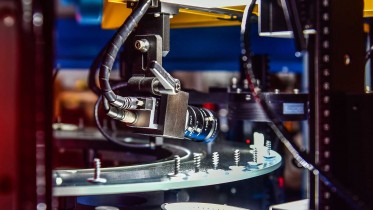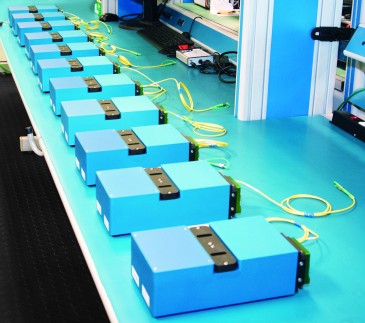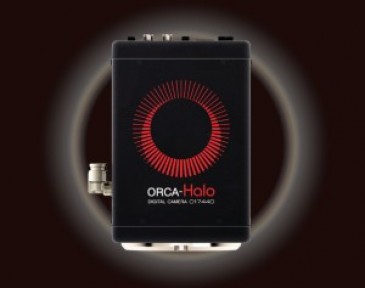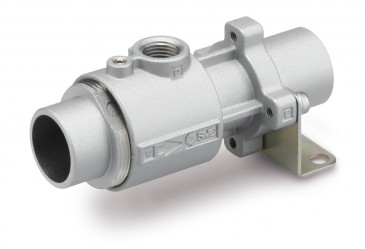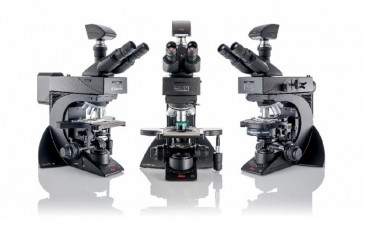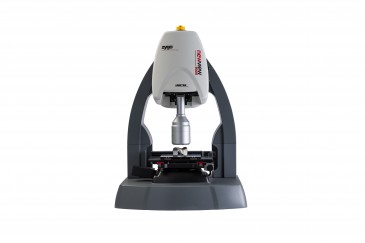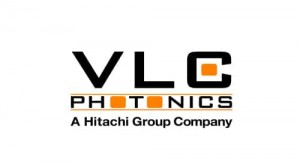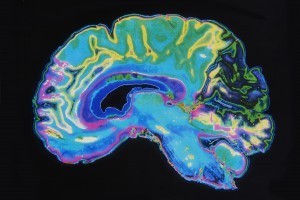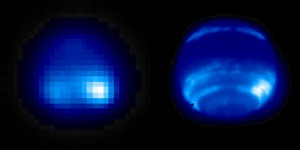
Adaptive optics is a technology that most optical designers are now aware of. This is probably, because at first glance adaptive optics (AO) looks like magic: You have a completely blurred image, but if you pass the beam through an AO system, then you recover a perfect image. Moreover, there is no fundamental limit to the quality of the correction: diffraction limit can in theory be reached in most cases.
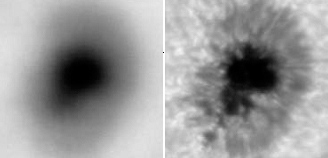
The classical AO system is derived from what is now commonly used in astrophysics or vision science as seen in figure 2: The wavefront coming from the object (the retinae in figure 2) is disturbed by a non-homogenous medium or an imperfect optical system (the eye lens and cornea). Some of the photons are routed to a wavefront sensor using a beam splitter to estimate the shape of the deformable mirror and correct the residual wavefront error. When the servo loop is closed, it converges to a flat wavefront and can in theory reach diffraction limit on the science camera.
AO for vision science
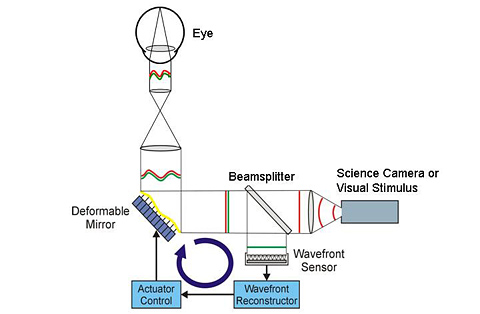 Diagnosing illnesses of the eye requires high-resolution images of the retina. Images taken using conventional instruments are poor quality due to aberrations introduced by the eye itself. Adaptive optics offers a revolutionary technique for restoring excellent image quality. In figure 3, the image shows cone and rod mosaic in human retina. To be able to reach such high resolution, deformable mirror (DM) had to evolve to reach some specific characteristic for vision science:
Diagnosing illnesses of the eye requires high-resolution images of the retina. Images taken using conventional instruments are poor quality due to aberrations introduced by the eye itself. Adaptive optics offers a revolutionary technique for restoring excellent image quality. In figure 3, the image shows cone and rod mosaic in human retina. To be able to reach such high resolution, deformable mirror (DM) had to evolve to reach some specific characteristic for vision science:
- Stroke is probably the key parameter in vision science application. DM stroke needs to be very large (several dozens of µm) in order to cover a large range of perturbation.
- The number of actuators needs to be large enough to minimize the fitting error. It is commonly admitted that ~100 actuators are the best quality/price ratio.
- The useful diameter needs to be close to the human retina diameter. It simplify the optical drawing and save some
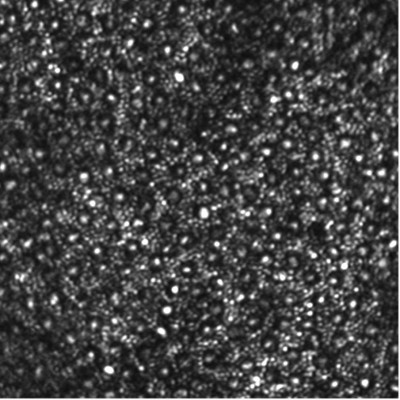
Coupling all those parameters (in addition to excellent linearity and high bandwidth) allow deformable mirrors to achieve great results for a variety of configurations (AO-SLO, AO-OCT, etc.).
"With the help of AO one can now image individual cone photoreceptors, retinal pigment epithelial cells, ganglion cells, and nerve fiber bundles; monitor blood flow through the smallest of capillaries in the retina; and measure intrinsic retinal signals on a cellular scale."
Final Report; Center for Adaptive Optics;
A University of California Science and Technology Center
In the future, the price needs also to be decreased in order to be integrated into the majority of ophthalmic instruments.
AO for astronomy
Turbulence introduced by the atmosphere degrades images taken using telescopes. Using adaptive optics recovers much of the information that is lost. As a result, it is possible to increase your number of scientific observations.
AO for astronomy has to provide solutions for the following issues:
- low photon flux
- high frequency of atmospheric turbulence
Using conventional imaging detectors such as CCD for the wavefront sensors, there is typically one frame delay in the servo-loop, and the time available to process the image and compute the command is often too limited to implement complex control-laws. As a result, the rejection bandwidth of the AO system (the highest temporal frequency in the perturbation that can be compensated for) is typically 10 times lower than the loop frequency. The AO can require a pretty fast camera and consume a significant number of photons, even to correct slowly changing wavefront errors.
Astronomers live a photon-starved world, and are working on projects were a decade is a short time.
The future DM characteristics improvements are the following:
- Fast deformation to be able to reach high perturbation frequency.
- Number of actuators: needs to be proportional to the size of the telescope. With the upcoming of extremely large telescope, DM will need to increase up to thousands the numbers of actuators.
- Stroke is also important to correct large aberration or to correct directly the tip-tilt with the DM (without a separated tip-tilt mirror).
AO advances
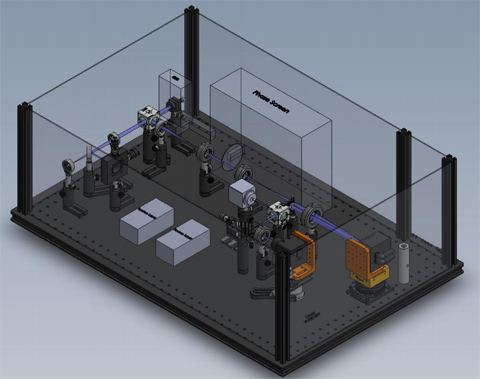
It is because of advances in adaptive optics that they now play an important role in fields such as vision science and astronomy. As with many advancing technologies, a price drop is needed for AO to be found in common everyday tools, such as ophthalmic instruments.
Written by Julien Charton, Chief Technology Officer and Vincent Hardy, Manager, Alpao, Grenoble, France

































 Back to Features
Back to Features
